Ancient Amber Reveals Insects with Vibrant Colors That Defy 99 Million Years of Time—What Secrets Do They Hold?
But why did these bugs have more vibrant coloring than other specimens found in amber? To answer this, the researchers used diamond knife blades to cut through the exoskeleton of two of the wasps and a sample of normal dull cuticle from an amber specimen not part of the colorful batch.
By using electron microscopy, the scientists found that the nanostructures in the dull-looking specimen were badly damaged which explained their mostly brown and black coloration.
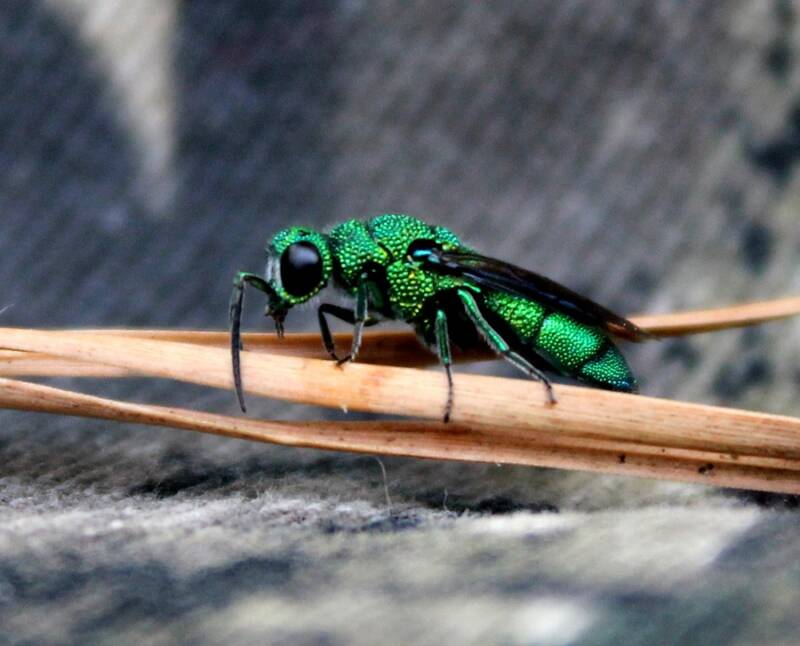
Wikimedia Commons The bold green color of modern cuckoo wasps (pictured) are very similar to the coloring of their prehistoric ancestors.
The nanostructures on the colorful amber specimens, meanwhile, were perfectly intact, which explained why they remained so colorful even after 99 million years. These findings suggest that the vibrant coloring seen now on these prehistoric bugs was likely how they looked when they were alive.
In fact, some of that vibrant coloration was passed down to their modern descendants today. Scientists found that the coloring on the ancient cuckoo wasps was almost identical to the existing species.
Studying specimens found in amber has been integral to uncovering the secrets of the prehistoric world. However, scientists have been grappling with the ethics of this field of study in recent years due to the unrest in Myanmar, where amber fossils are mostly harvested.
In 2019, a report published by Science Magazine detailed how these fossils are mined in a Myanmar state where the military has been entrenched in a deep conflict with the Kachin ethnic minority, and are then sold abroad in China, only fueling the conflict.

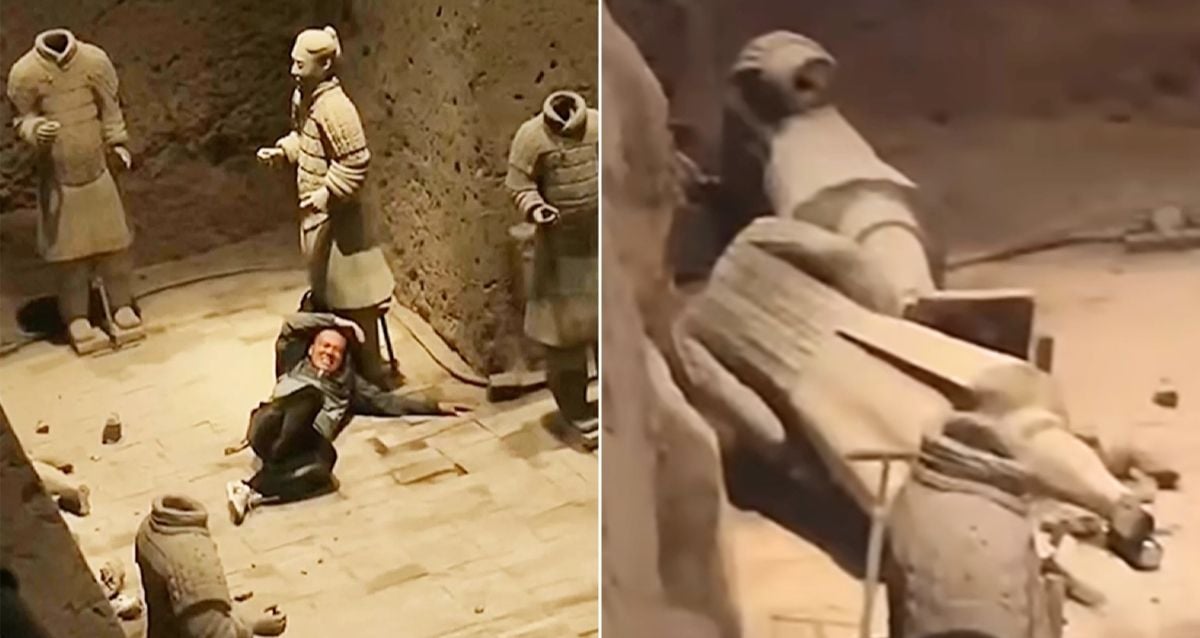
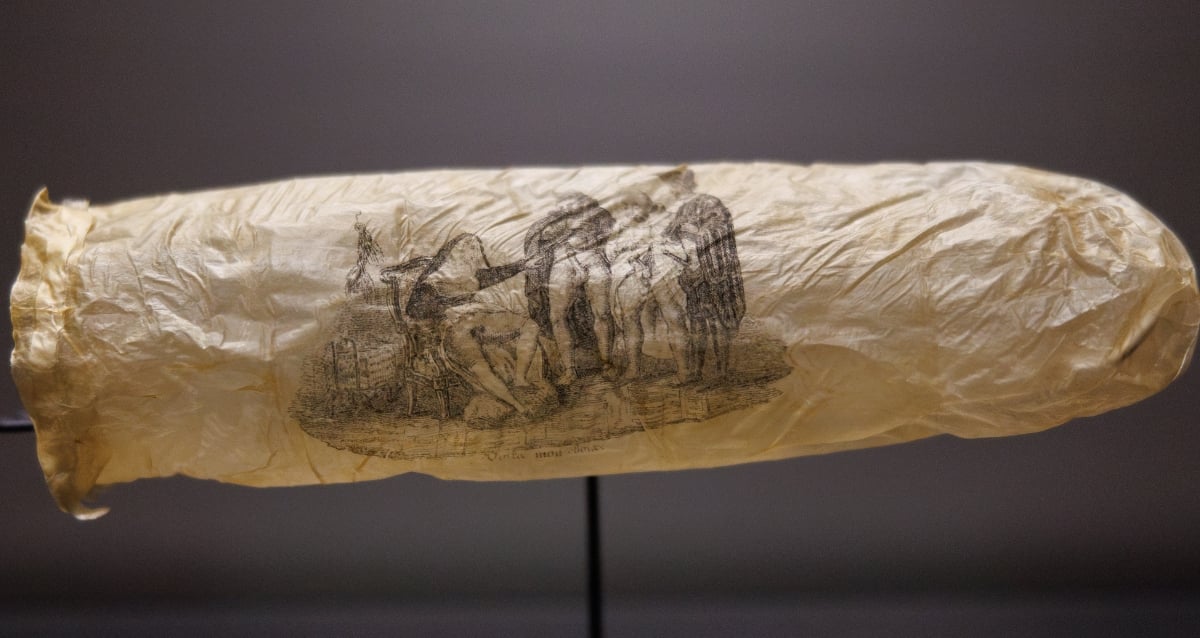
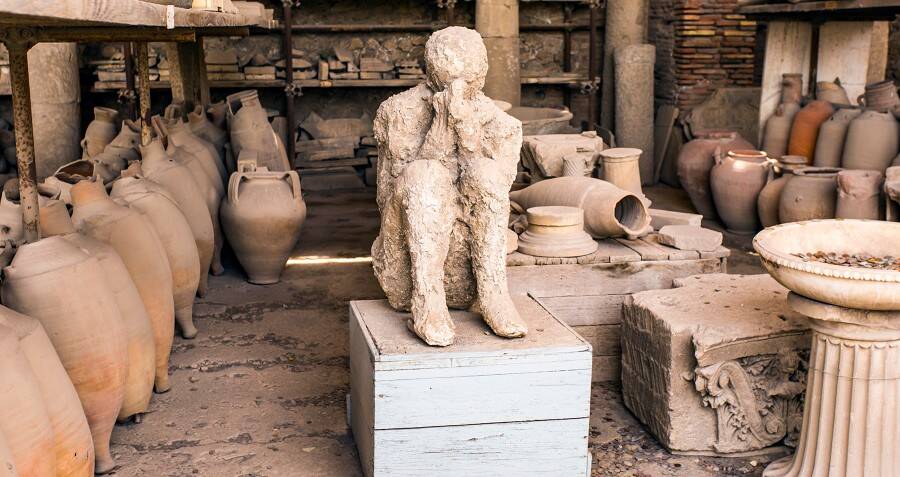


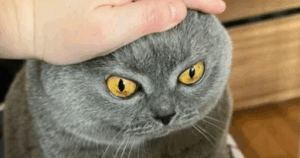






Post Comment